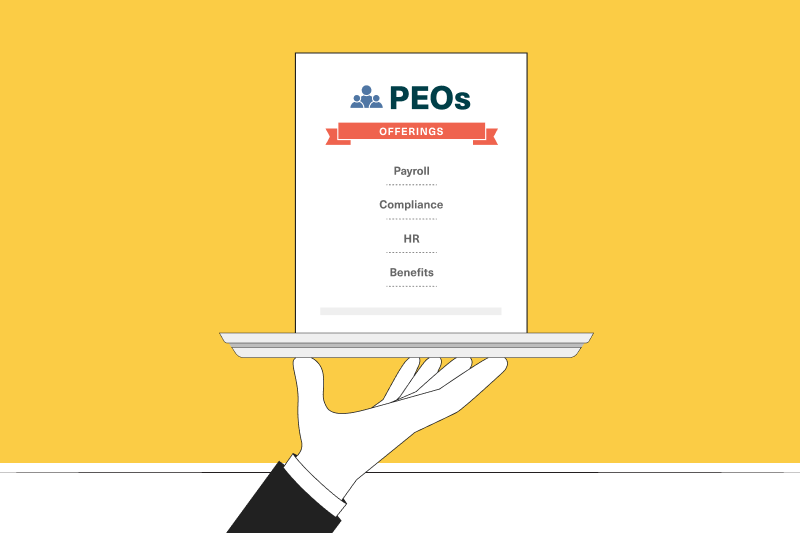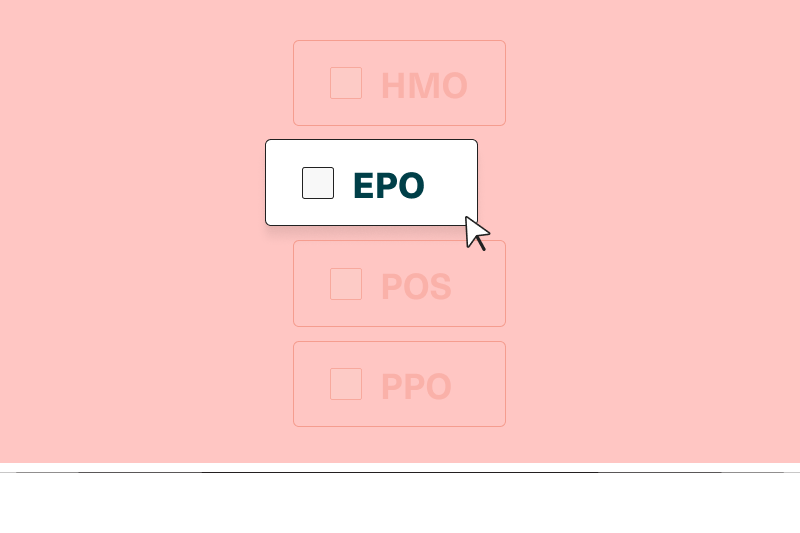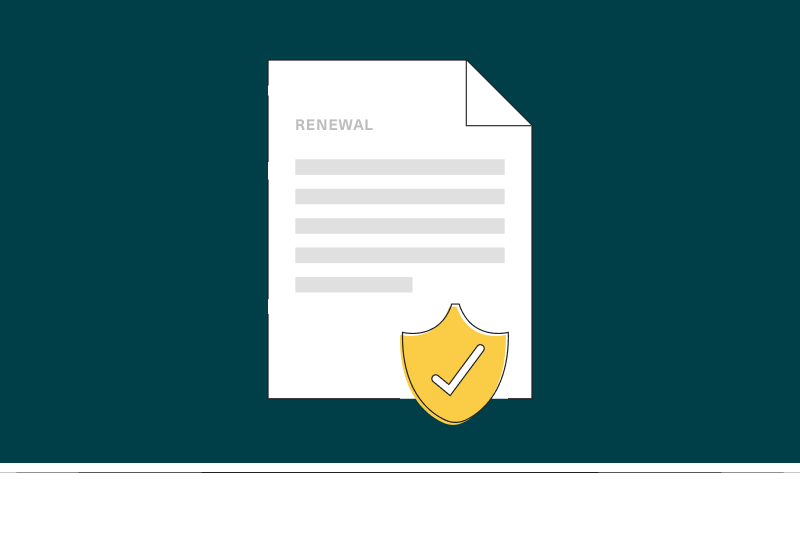Transparent vs. Traditional Pharmacy Benefit Management (PBM)

Pharmacy benefit management (PBM) refers to a third-party service that connects health insurance carriers with pharmacies and drug manufacturers. PBMs administer prescription drug programs for 230+ million Americans by doing things like:
- Negotiating rates with drug manufacturers
- Contracting pharmacies
- Operating mail order
- Managing distribution
- Processing and paying prescription drug claims
In theory, a PBM saves patients money and helps them access the prescriptions they need. Unfortunately, this is not always the case. A lack of regulation in the U.S. pharmaceutical industry means PBMs can increase costs across the pharmaceutical supply chain.
Modern PBMs are on the rise. These newer models bring transparency that reduces costs for employers and patients. This article shares what traditional PBM looks like, and how transparent models compare.
How Traditional PBMs Operate
The pharmaceutical supply chain is complex, to say the least. As the Commonwealth Fund states: “Drugs pass from manufacturers to wholesalers to retail pharmacies and finally to patients. Payment runs in the opposite direction, with portions of the reimbursement in the form of rebates and discounts.”
PBMs live in the center of that supply chain. Their control over a complex process has led many PBMs to reduce visibility into their operations so they can raise prices. In fact, prices of widely used brand-name drugs have increased more than 120% since 2008.
Here are a few ways that a traditional PBM keeps costs high:
Holding Rebates Provided by Manufacturers
Part of a PBM’s responsibility is to negotiate prices with drug manufacturers and insurance carriers. In that process, manufacturers then pay a rebate to PBMs — a rebate that should then pass on to the insurance plan, either in full or in part. These rebates would allow plans to offer coupons or discounts for the out-of-pocket costs of certain prescriptions.
But many traditional PBMs don’t pass the rebate on. Patients are then stuck with higher prescription costs.
Clawbacks for Low-Cost Prescriptions
What happens if a patient’s prescription drug costs less than the copay to fill it? Many traditional PBMs collect the difference in a “clawback.” This practice is more common than one might think; customers overpay for their prescriptions 23% of the time.
Keeping Data From End Users
Unsurprisingly, traditional PBMs maintain higher costs through a significant lack of transparency. They obfuscate details in the pharmaceutical process, including the drug costs at each stage of the supply chain. As a result, end users like employers and patients are unable to understand why prescription drugs cost what they do. Rather than access prescription drugs based on their health needs, thanks to a fair and clear system, patients must navigate their drug choices based on the prices available to them.
Transparent PBMs
Thankfully, there are pharmacy benefit management services that operate with a commitment to transparency and fair costs. Instead of spread pricing, rebate holding, and clawbacks, transparent PBMs operate based on actual costs.
A transparent PBM will operate on a “pass through” model. This means the PBM commits to passing through all discounts and rebates to the health insurance carrier. In a pass through model, the PBM only earns revenue through a clear administrative fee charged to the carrier. That fee is often charged per prescription claim.
As a result, the health plan can better understand and predict its health costs. The patient filling a prescription can trust that the drug price is fair.
Instead of keeping data from end users, transparent PBMs share data to empower decision making. Costs often decrease when pharmacies, health care plans, and patients alike are able to clearly understand their options regarding prescription drugs. PBM members with real-time information often opt for a lower-cost option, saving $130 per prescription on average.
While traditional PBMs have historically dominated the market, transparent PBMs are on the rise. Understanding the PBM that your health plan works with can go a long towards saving you money.
Sana Benefits partners with SmithRx, a transparent, next-generation pharmacy benefits provider. See how you can reduce costs by switching to a plan with a transparent PBM.






